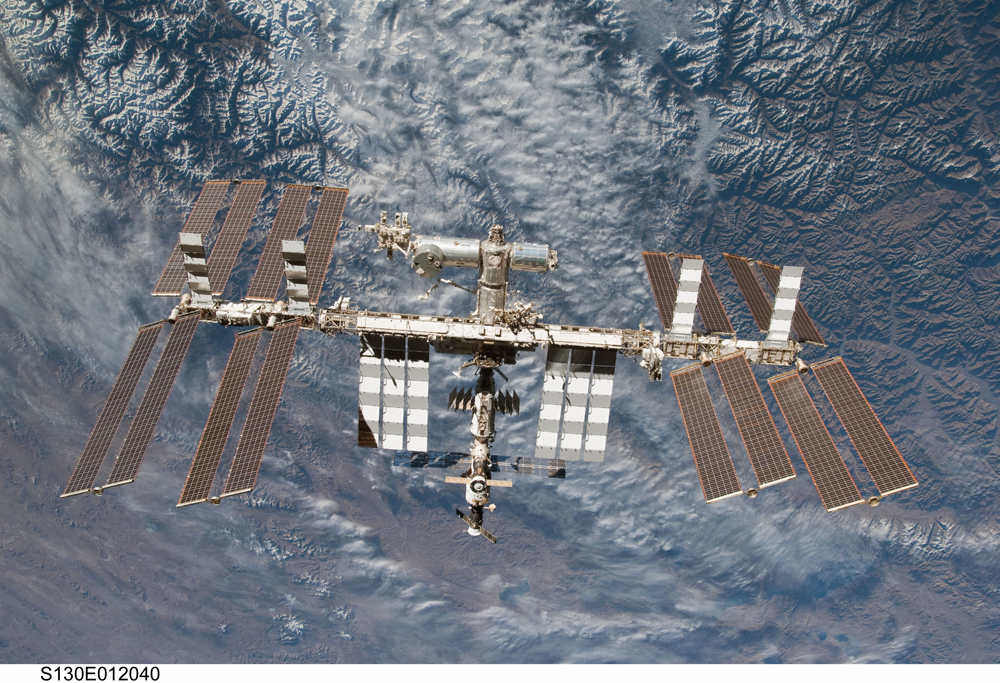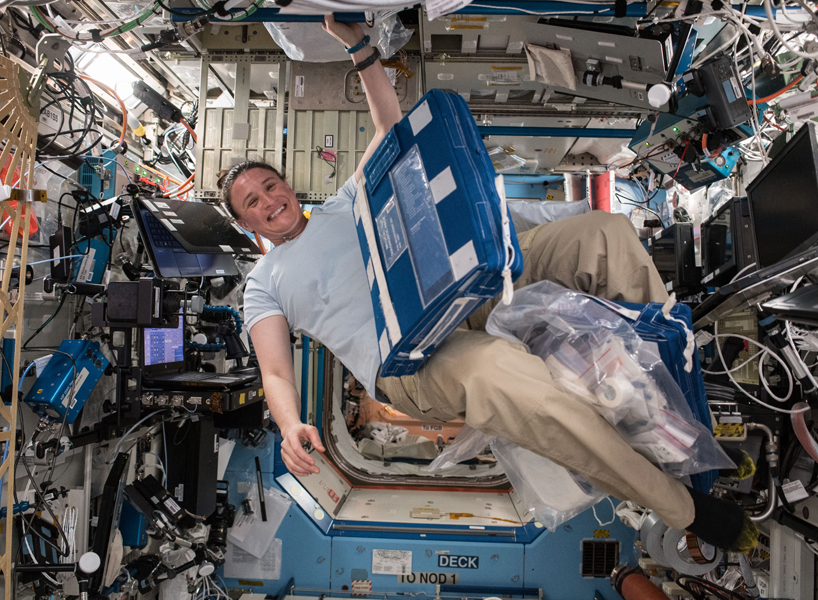

- #WHO OWNS THE INTERNATIONAL SPACE STATION HOW TO#
- #WHO OWNS THE INTERNATIONAL SPACE STATION WINDOWS#
We observe and measure their interactions with built spaces and the objects surrounding them. Since 2015, we have developed new, data-driven understandings of how ISS crew adapt to life in a context of confinement, isolation, and microgravity.
#WHO OWNS THE INTERNATIONAL SPACE STATION HOW TO#
Read more: How to live in space: what we've learned from 20 years of the International Space Station (opens in new tab) That's where social science approaches, such as the ones we are using in the International Space Station Archaeological Project (opens in new tab), come in. Until recently, there was little research that focused on the lived experience of astronauts on space stations. What lessons have been learned to make life better in space? Typically, older space stations were designed to meet engineering constraints rather than starting with crew comfort. Less clear is whether the private space stations will be more liveable than earlier generations of space stations, like Salyut, Mir and ISS. But how are space stations actually used? A third project, by Northrop Grumman (opens in new tab), will be made of modules based on its existing Cygnus cargo vehicle. This was almost immediately followed by a competing project called Orbital Reef (opens in new tab), by Blue Origin, Sierra Space, and Boeing. Three other groups have just been selected (opens in new tab) for the first phase of NASA's Commercial LEO Destinations competition to build free-flying space stations to replace ISS.įirst, a group composed of Nanoracks, Voyager Space, and Lockheed Martin proposed a station called Starlab (opens in new tab) to provide research, manufacturing, and tourism opportunities. By the time the ISS is decommissioned around 2030, Axiom's modules will become a free-flying station.Īxiom has signed a contract with French-Italian contractor Thales Alenia Space (opens in new tab), which built close to 50% of the ISS's habitable volume for NASA and the European Space Agency, to produce its habitat.īut there's more. The first module is due to be delivered to the ISS in 2024 or 2025, with others following each year.
#WHO OWNS THE INTERNATIONAL SPACE STATION WINDOWS#
Starck compares it to "a nest, a comfortable and friendly egg." There's also a huge viewing area with two-meter-high windows for tourists to look out at Earth and space. Axiom announced Philippe Starck (opens in new tab) will design a luxurious interior. Start-up Axiom Space was awarded a $140 million contract by NASA in February 2020 (opens in new tab) for a private module to be attached to the ISS. This emphasis really started about a decade ago with the development of private cargo services to supply the ISS, like SpaceX's Cargo Dragon, and private vehicles to deliver astronauts to orbit and the moon, such as SpaceX's Crew Dragon, Boeing's Starliner, and Lockheed Martin's Orion capsules.

The change is driven by NASA's support for commercializing space. But will these stations change the way people live in space, or replicate the traditions of earlier space habitats? Commercializing life in space Plans for multiple private space stations represent a major shift in how space will be used. It has been an important symbol of international cooperation following the "space race" rivalry of the Cold War, and the first truly long-term space habitat. The ISS, however, is slated to retire at the end of the decade, after nearly 30 years in orbit. The first module of the Chinese station Tiangong was launched in April 2021, and is intermittently occupied by three crew. The International Space Station (ISS) has been occupied since November 2000 with a typical population of seven crew members. There are currently two occupied space stations in low Earth orbit (less than 2,000 km above Earth’s surface), both belonging to space agencies.


 0 kommentar(er)
0 kommentar(er)
